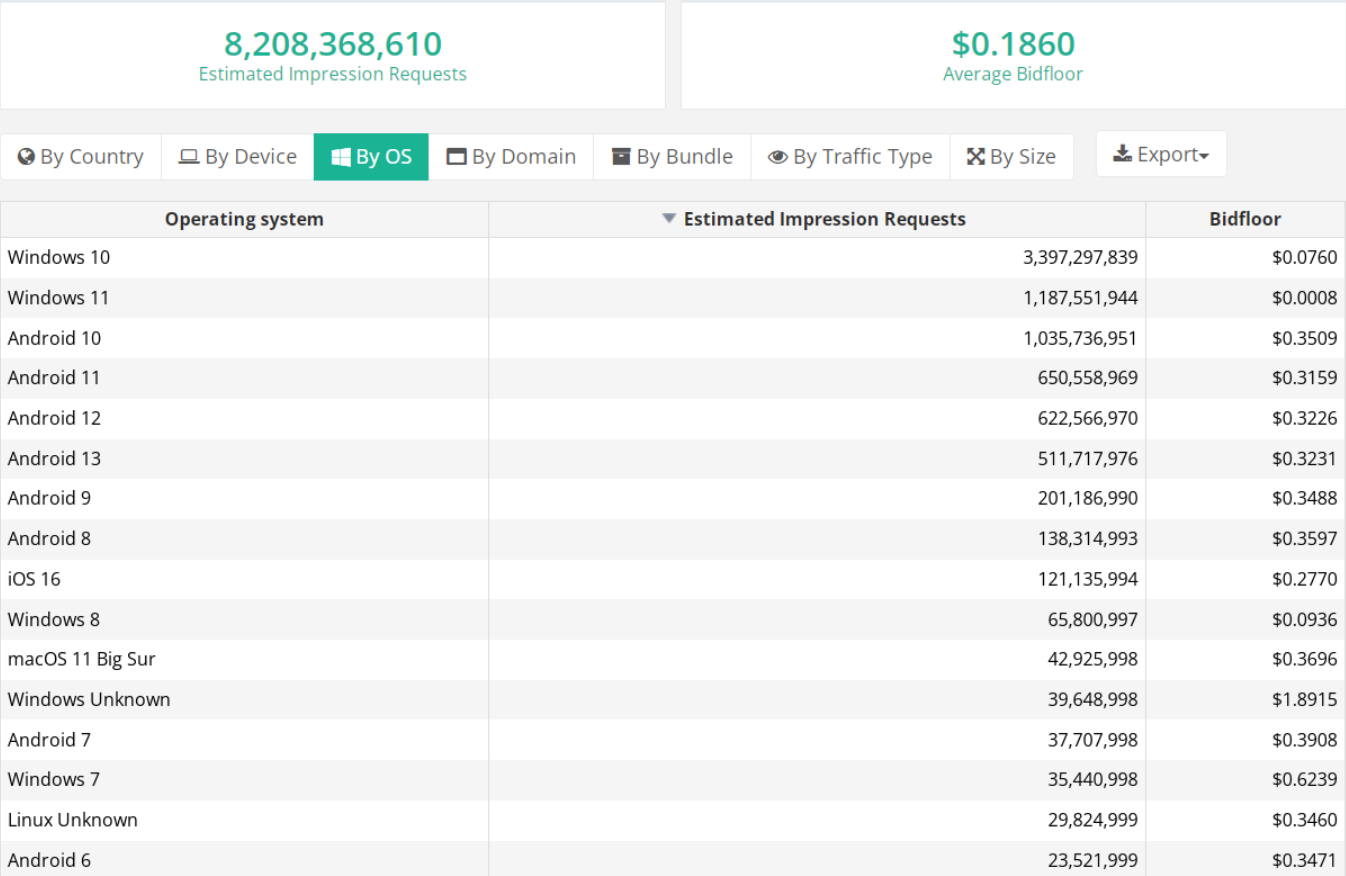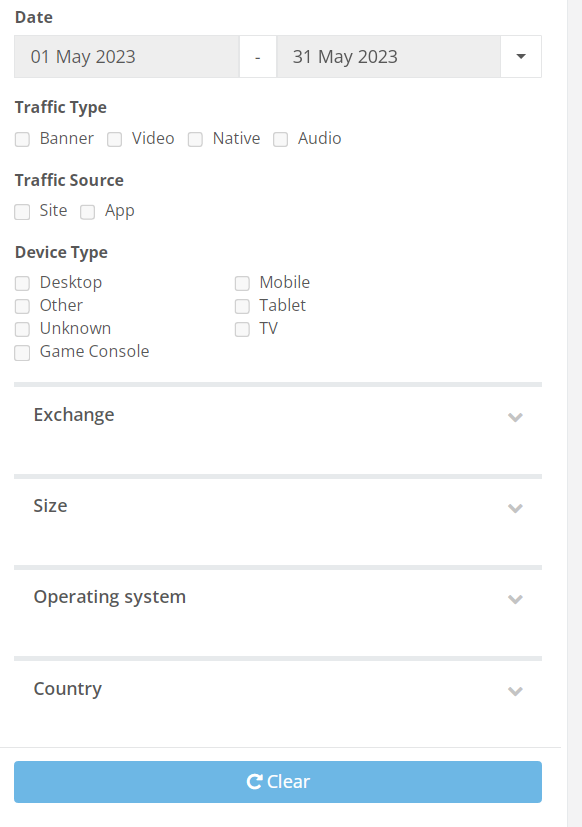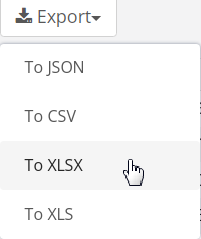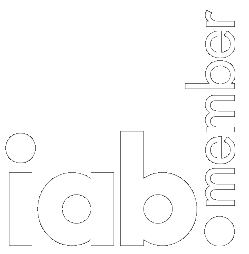Intro:
The recent collapse of MediaMath, a once-prominent demand-side platform (DSP) provider, has sent shockwaves through the advertising industry. Advertisers and agencies have been left grappling with the aftermath and the prospect of finding a new platform: onboarding their teams to a new system, moving campaigns and ensuring their data and other vendor integrations function in the new environment. But how can we mitigate against the risks of having to trust another “all-in” DSP?
The MediaMath Fallout:
MediaMath’s collapse revealed critical issues with traditional DSP models, particularly those that mediate payments to publishers and lack transparency in pricing controls. Advertisers and agencies faced considerable risks, including financial losses and brand reputation damage, due to the lack of visibility into how their ad budgets were allocated and whether their ads reached the intended audiences. The lack of control over supply pathing meant that ad impressions might not have been delivered as intended, leading to inefficiencies and wasted budgets.
The Need for Transparency:
In the wake of the MediaMath debacle, the industry is now shifting its focus towards transparency. Advertisers and agencies are seeking solutions that provide them with greater control over their programmatic advertising campaigns, eliminating intermediaries that obscure pricing and performance data. White-label DSPs have emerged as a viable alternative, offering a direct and transparent supply path to publishers, ensuring that advertisers’ budgets are efficiently utilized.
The White Label DSP Advantage – In Housing Made Easy:
- Direct Advertiser-Publisher Interaction: White-label DSPs allow advertisers to target placements directly within publishers’ sites, apps, and other media properties. This direct connection eliminates unnecessary intermediaries, ensuring that ad budgets go where intended and reducing the risk of fraud or misallocation.
- Customizable and Self-Serve Interface: With a white-label DSP, agencies and advertisers can access a fully-featured trading desk that they can customize according to their specific needs. The self-serve interface enables them to manage display, video, and native campaigns efficiently.
- Advanced Targeting Options: Transparent white-label DSPs offer advanced targeting capabilities, including automated Topic/Contextual AI targeting, which optimizes campaigns based on contextual relevance. This ensures ads are shown to the most relevant audiences, improving overall campaign performance.
- Real-Time Analytics and Optimization: White-label DSPs provide advertisers with real-time analytics and optimization features that help improve eCPM, track postback conversions accurately, and optimize campaigns based on CPA-to-CPM performance.
- Integrated with Top Exchanges: Leading white-label DSPs like Adkernel’s DSP Suite are fully integrated with top exchanges such as Google ADX and Xandr, giving advertisers access to a wide range of premium inventory and ensuring efficient ad placements.
- Support and Strategic Insight: Reputable white-label DSP providers, like Adkernel, offer dedicated technical support and strategic guidance to their clients. Their expertise can prove invaluable in maximizing campaign performance and achieving advertising goals.
Conclusion:
The fallout from MediaMath’s collapse serves as a stark reminder of the risks associated with using DSPs that lack transparency and control over the supply pathing. Advertisers and agencies must learn from this experience and adopt more secure and transparent solutions for their programmatic advertising efforts. Transparent white-label DSPs, such as Adkernel’s platform, offer the control and reliability needed to mitigate risks, optimize campaigns, and ensure that ad budgets are effectively utilized. Embracing such platforms will empower advertisers and agencies to take charge of their programmatic media buying and drive success in an industry that values transparency and efficiency.




